Recap of Apple's mega event: iPhone 13, new iPad mini and more
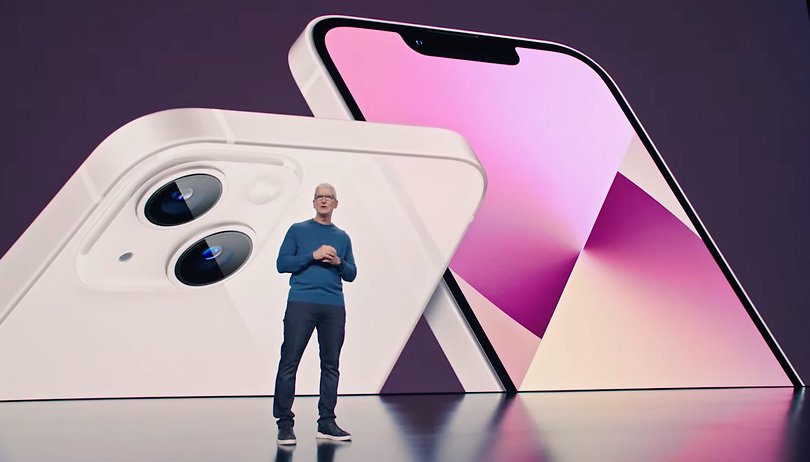

Read in other languages:
Apple has just unveiled the iPhone 13, the Apple Watch Series 7, new iPads and some software and service news at its September event. NextPit recaps everything you need to know about the big September event.
Tim Cook wrapped up Apple's September keynote a few minutes ago. Of course, we start in our recap of the "California Streaming" event with the iPhone 13 - even though Apple took exactly 40 minutes with the demonstration. At 10:40 a.m. Pacific time, we were able to see the first official images of the iPhone 13. And yes, the new iPhone is called "13" and not 12s.
Table of Contents:
Here, Apple continues the familiar design with hard edges in the transition from the display to the body. However, you can recognize the phone by a smaller notch and the two camera lenses, which are now arranged diagonally. But let's take another look at the devices separately.
The iPhone 13 models
Apple iPhone 13 and iPhone 13 mini
The standard iPhone has an improved 6.4-inch OLED display that is 28 percent brighter and now supports 1200 nits. Apple calls it Super Retina XDR, and the same display is used in the iPhone 13 mini. Here, however, it measures just 5.4 inches.
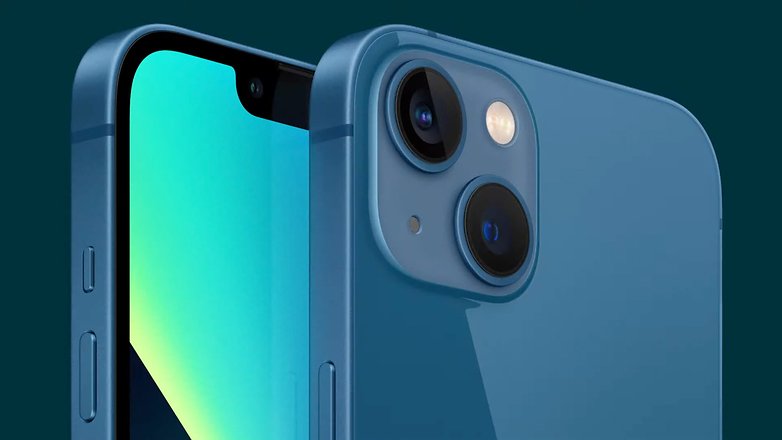
With the A15 Bionic, Apple brings out the annual update of the in-house smartphone SoC. This uses a 6-core CPU, which consists of two high-performance cores and four efficiency cores. The new chip is said to be 50 percent faster than the most powerful competition. The GPU is supposed to be 30 percent faster than the competition. In detail, Camila tells you about the features of the new A15 SoC in the detailed article on the new iPhone 13.
The new chip gets you more performance out of the camera setup on the back. As mentioned earlier, the iPhone 13 and iPhone 13 mini offer a dual camera setup. The main camera resolves at 12 megapixels and brings a larger sensor. This is optically stabilized, and with it Apple brings a feature to the cheapest iPhone models that was only found in the Pro Max model last year. As an alternative to the main camera, there is a 12-megapixel ultra-wide-angle camera.
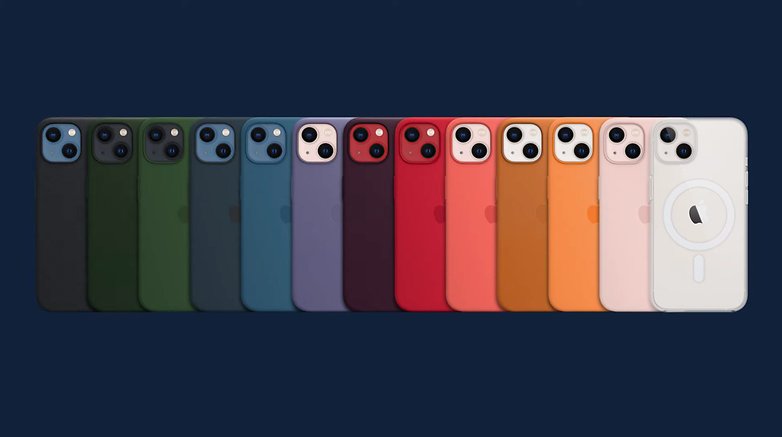
As already suspected, Apple brought the "Cinematic Mode" to the iPhone models. Basically, the devices applies a digital bokeh effect even with videos. The interesting thing is that you can shift the focus like a professional video camera. First, your background is blurred and then you can switch the focus from the subject to the background with a simple touch. Fortunately, this mode is also compatible with the front camera.
As usual, Apple does not provide any information about the battery capacity. Instead, the battery life of the mini model is said to be 1.5 hours longer and that of the standard model 2.5 hours longer. Well...

... to the prices: for the iPhone 13 you have to put down at least 799 dollars and the mini model is a hundred dollars cheaper. However, you get a memory upgrade: the new models start with 128 gigabytes of storage, as alternatives there are now 256 gigabytes and 512 gigabytes.
iPhone 13 Pro and iPhone 13 Pro Max
There's a bit more of everything again in the Pro models, consisting of the iPhone 13 Pro and iPhone 13 Pro Max. Apple's focus here is on the camera setup, which offers three sensors rather than two. Apple keeps the arrangement the same unlike the base models.
Along with the ultra wide-angle camera and the wide-angle camera, there is a telephoto camera here with 3x magnification. The LiDAR sensor is also on board, and the focal length is 77 millimeters - so assuming the ultra-wide-angle camera, the Pro models offer 6x magnification. Also new is that night mode is available on all lenses and that the Pro models support macro photography.
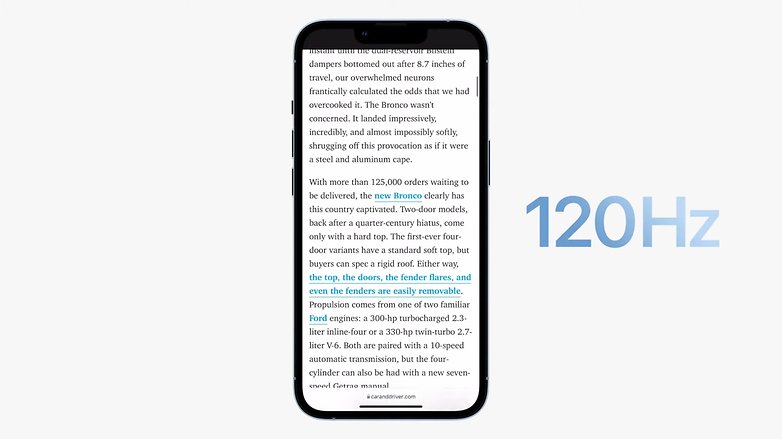
The video features from the standard model are of course also available on the iPhone 13 Pro and the iPhone 13 Pro Max. In addition, you can use the high-quality video format "Pro-Res", which gives you more options for post-processing. Video recordings in 4K at 30 frames per second are possible as well.
Apple is proud of a new Super Retina XDR display that finally supports *drum roll* 120 hertz. Like many Android smartphones, the refresh rate is adaptive and can change from 10 hertz to 120 hertz. This saves battery and makes for smoother screen display. As a technology, however, Apple relies on OLED and didn't make the leap to mini-LEDs in the iPhone. In the iPhone 13 Pro, the display measures 6.1 inches and the Max model measures 6.7 inches.

The iPhone 13 Pro lasts 1.5 hours longer than its predecessor, and the 13 Pro Max offers the longest battery life ever in an iPhone, with 2.5 hours longer runtime. Hooray!
That being said, there are a few features that Apple's Pro models share with the standard model. For example, the A15 SoC is used here as well, and the notch has shrunk by 20 percent. You can recognize the new Pro models by the exclusive "Sierra Blue" color, though.
For the iPhone 13 Pro you pay prices starting at 999 dollars, for the Pro Max you pay 100 dollars more - so 1,099 usd. The storage configurations are 128, 256, 512 and 1 terabyte.
The Apple Watch Series 7
There was also news for smartwatch fans at the Apple event. For example, Apple unveiled the Watch Series 7, the latest generation of its Apple Watch. The smart watch features a new display with 20 percent larger surface area compared to the Series 6, which sees Apple shrink the display bezels by 40 percent.
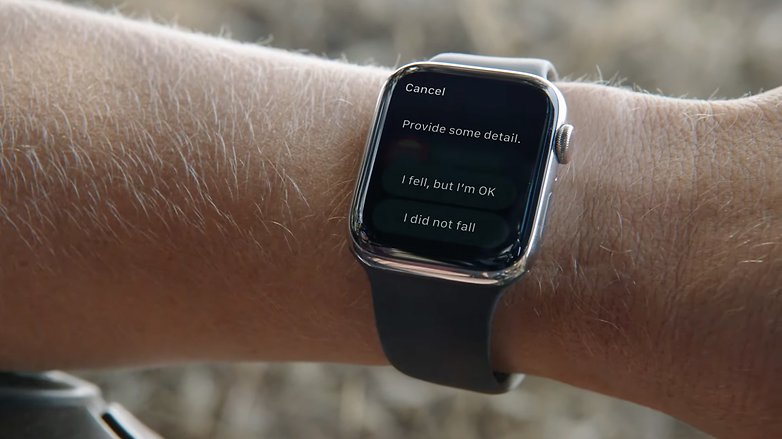
At the same time, the curves of the watch have become a little more delicate. What's also clever is that Apple automatically lowers the brightness of the Always-On display when you let the watch hang down. At the same time, it is protected against submersion in water according to the WR50 standard.
Apple has not improved the battery life compared to the previous model, which is still 18 hours, but charging is now 60 percent faster. The included charging puck can now also be connected via USB-C.
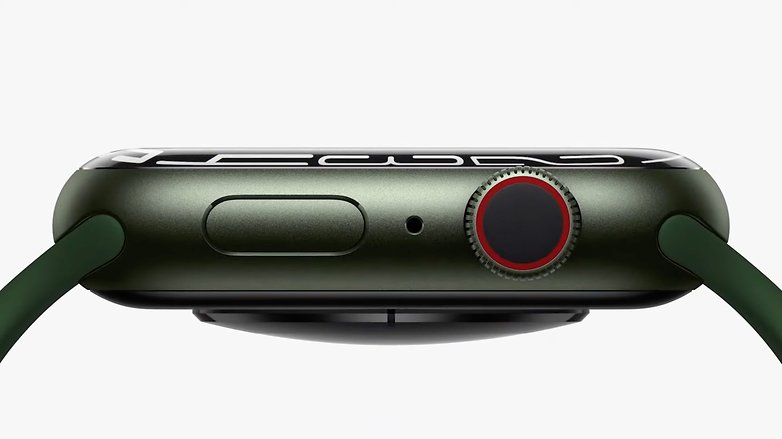
Operating system handling is also said to have improved on the Series 7. On the one hand, the buttons are larger on average than on the predecessor, and on the other hand, you can enter inputs via a virtual on-screen keyboard including a swipe function.
So in 2021, you'll have to choose between the Apple Watch Series 3 for $199, the Apple Watch SE for $279, and now the Series 7 for $399. In each case, this means the model without LTE.
New iPad mini and improved iPad
Finally! Apple has unveiled a new iPad mini, replacing the now rather dated design of the smallest iPad. The new iPad has a much thinner screen bezel, fitting the 8.3-inch display in a much smaller package. The Liquid Retina display offers a maximum brightness of 500 nits, while the corners are much more rounded, and the Touch ID fingerprint sensor slides into the on button on the top, just like on the latest iPad Air. On the other hand, you can attach the 2nd generation Apple Pencil to the right side of the case via a magnetic holder and charge it.
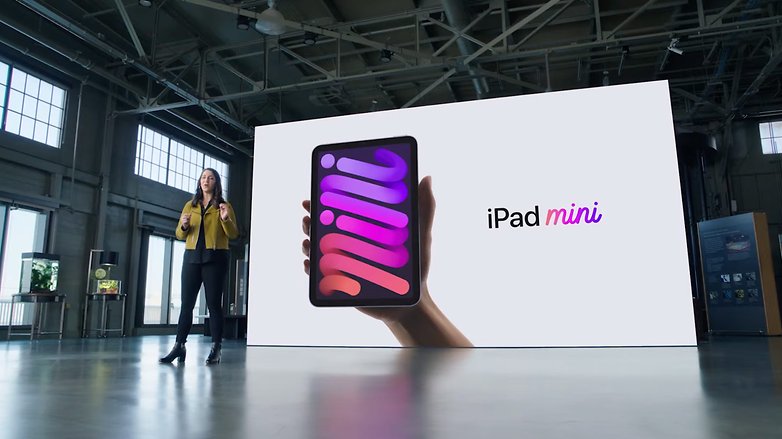
The SoC is supposed to be 40 percent faster than in the predecessor and offer machine learning twice as fast. So much speed must also find connection to other devices and to the Internet. For this, Apple is using USB-C in the new iPad mini. Cameras, monitors and other USB devices can be connected quickly. In addition, the iPad mini now supports 5G, which means it can reach download speeds of up to 3.5 gigabits per second. How fast these speeds will be in other countries, however, remains to be seen (the faster mmWave standard on the iPhone 12 is only available in the US, for exemple).
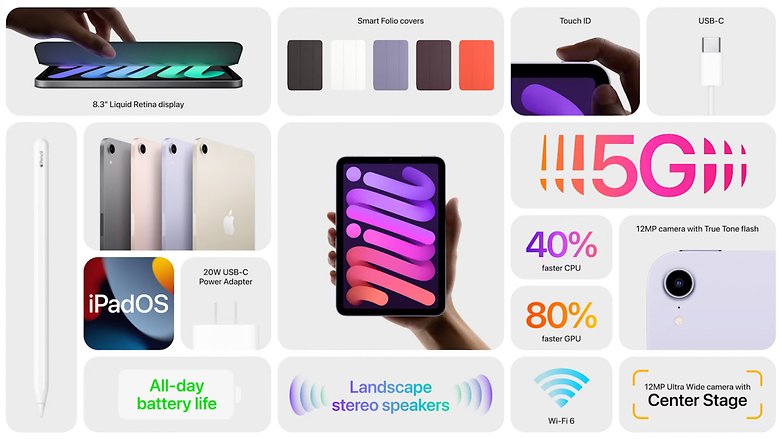
If you want to make video calls, you can use a 12-megapixel camera on the back. This now offers an open aperture of f/1.8, making it a bit faster than before. For selfies and Skype calls, Apple uses the 12-megapixel ultra-wide-angle front camera from the iPad Pro. This means that the Center Stage feature is also available on the smallest iPad.
In the US, the iPad mini starts at 499 dollars. For the LTE model you will pay prices starting at $649 and the sale starts directly in the week after the Apple keynote.
Improved standard iPad
Surprisingly, the name "iPad" also came up at the launch of the iPhone 13! Apple's legendary tablet appears in a new version with Apple's A13 Bionic SoC. This is said to make the iPad 20 percent faster than the most powerful Chromebook and 6x faster than the most powerful Android tablet. In the process, the upgraded Neural engine is powerful enough to support the Live Text feature in iPadOS 15.
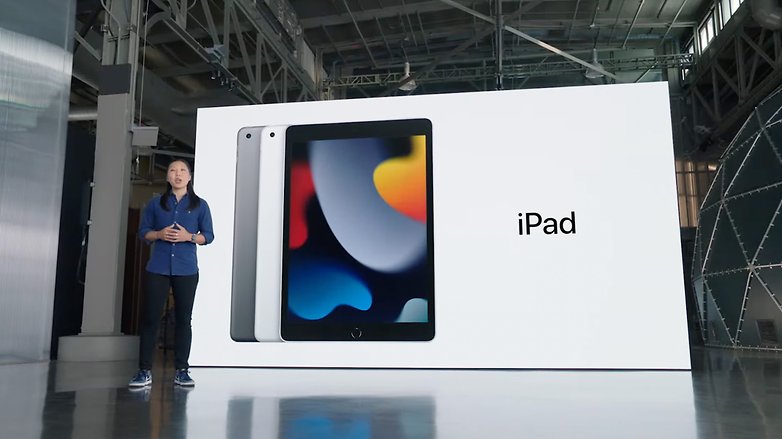
Apple is improving the display by integrating True-Tone. This allows the display to automatically adjust to the lighting conditions of your surroundings. The front camera also gets an update and now resolves at 12 megapixels and offers an ultra-wide-angle field of view. As in the Pro model, the iPad now supports Center Stage, the feature where the iPad's camera tracks you as you move through its field of view.
Fortunately, the new iPad costs only 329 dolllars in the version with 64 gigabytes of internal memory and WLAN. For the LTE model, you'll pay from $459. For more info on iPad mini and the new iPad, check out the linked news. (In progress)
What's new on Apple's services
Apple TV+
Apple's own video streaming service, Apple TV+, has had a few new launches this fall. Among other things, there's the second season of The Morning Show coming on September 17, and with The Problem with Jon Stewart the US talkshow legend will get a new series. For more information, check out the Apple TV+ homepage.
Apple Fitness+
In addition to yoga, you can now watch guided meditation and Pilates classes on Apple Fitness+. For winter sports fans, there are also prep courses for skiing and other activities. A little too late - by which I mean after the worldwide lockdowns and global sofa sessions with chips - Apple launches the collaborative sweat feature called Group Workouts.



















